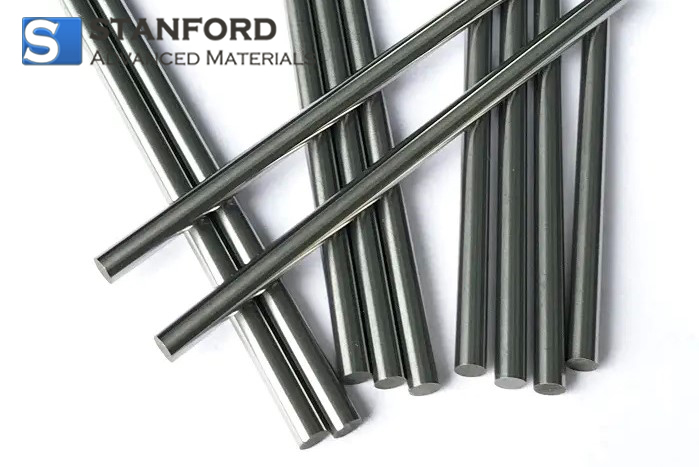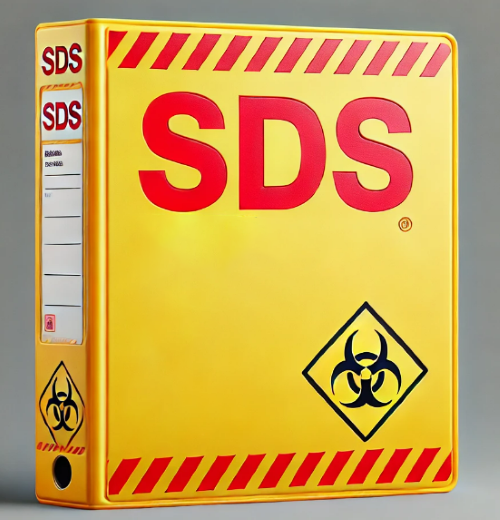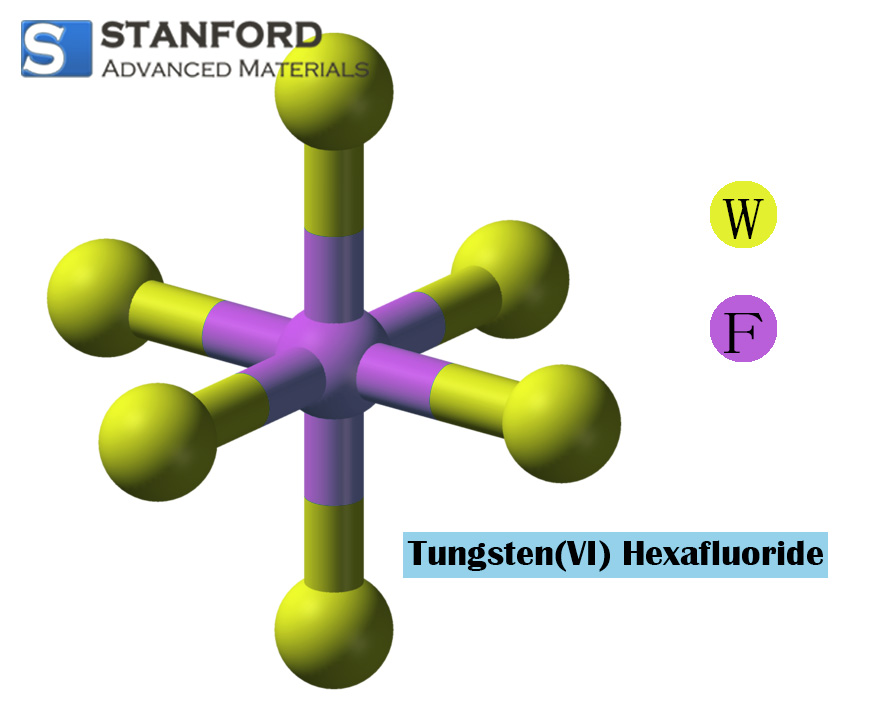MSDS Of Cobalt Metal
SECTION 1 - IDENTIFICATION OF THE CHEMICAL PRODUCT AND COMPANY
Product Name: Cobalt Metal
Article Code: ME27
Supplier Details: Stanford Advanced Materials
23661 Birtcher Dr., Lake Forest, CA 92630 U.S.A.
Tel.: (949) 407-8904
Fax: (949) 812-6690
E-Mail: sales@SAMaterials.com
SECTION 2 - COMPOSITION, INFORMATION ON INGREDIENTS
CAS Number: 7440-48-4
Chemical Designation: COBALT
EINECS Number: 231-158-0
Hazard Symbols: XN
Risk Phrases: 42/43
SECTION 3 - IDENTIFICATION OF HAZARDS
EMERGENCY OVERVIEW: Exposure by inhalation or skin contact may induce sensitisation.
Potential Health Effects
Eyes: Causes eye irritation and may result in conjunctivitis.
Skin: Prolonged or repeated contact may induce irritation and/or dermatitis. It may also cause skin sensitisation, which can manifest upon subsequent exposure.
Ingestion: Ingestion may result in gastrointestinal irritation with nausea, vomiting and diarrhoea, and may trigger allergic reactions.
Inhalation: Inhalation causes irritation of the respiratory tract and may lead to asthma attacks due to allergic sensitisation. It can also result in asthma and shortness of breath.
Chronic Exposure: Repeated exposure may induce sensitisation dermatitis. Prolonged exposure may lead to allergic respiratory reactions (asthma) and chronic inhalation of dust may reduce lung function, potentially resulting in interstitial fibrosis.
SECTION 4 - FIRST AID MEASURES
Eyes: Immediately flush eyes with plenty of water for at least 15 minutes, intermittently lifting the upper and lower eyelids. Seek medical advice.
Skin: Rinse the affected area with plenty of water and soap for at least 15 minutes and remove any contaminated clothing and footwear. Seek medical advice.
Ingestion: If the person is conscious and alert, administer 2–4 cups of milk or water. Never attempt to give anything by mouth to an unconscious individual. Seek medical assistance.
Inhalation: Immediately move the person to fresh air. If coughing or other symptoms develop, seek medical attention.
SECTION 5 - FIRE-FIGHTING MEASURES
General Advice: In the event of a fire, utilise a self-contained breathing apparatus with pressure demand, approved by MSHA/NIOSH or an equivalent agency, and wear full protective equipment. Dust may form explosive mixtures with air in sufficient concentration. The material may ignite spontaneously (pyrophoric) when exposed to normal or slightly elevated ambient temperatures. It is an ignitable solid.
Extinguishing Media: Use dry sand or earth to smother the fire. DO NOT USE WATER!
SECTION 6 - ACCIDENTAL RELEASE MEASURES
General Advice: Use appropriate personal protective equipment as specified in Section 8.
Spills/Leaks: Absorb or sweep up the material and transfer it into a suitable container for disposal. Avoid the formation of dust.
SECTION 7 - HANDLING AND STORAGE
Handling: Use this material in a well-ventilated area. minimise dust generation and accumulation. Avoid contact with skin and eyes. Keep the container tightly closed. Prevent ingestion and inhalation.
Storage: Keep away from ignition sources and oxidising materials. Store in a cool, dry, well-ventilated area away from incompatible substances.
SECTION 8 - EXPOSURE CONTROLS / PERSONAL PROTECTIVE EQUIPMENT
Engineering Controls: Use appropriate general or local exhaust ventilation to maintain airborne concentrations below the permissible exposure limits.
Personal Protective Equipment
Eyes: Wear appropriate safety goggles or chemical splash goggles as described in OSHA (29 CFR 1910.133) or European Standard EN166.
Skin: Wear suitable gloves to avoid direct contact.
Clothing: Wear appropriate protective clothing to prevent skin exposure.
Respiratory Protection: Follow OSHA requirements in 29 CFR 1910.134 or European Standard EN 149. Use a respiratory mask approved by NIOSH or an equivalent standard if necessary.
SECTION 9 - PHYSICAL AND CHEMICAL PROPERTIES
Physical State: Solid
Appearance: Silver-grey, bluish-white or black
Odour: No data
pH: Not available
Vapour Pressure: Not applicable
Vapour Density: Not applicable
Evaporation Rate: Not available
Viscosity: Not applicable
Boiling Point: 5 198 °F
Melting/Freezing Point: 2 723 °F
Autoignition Temperature: Not applicable
Flash Point: Not applicable
Lower Explosive Limit: Not available
Upper Explosive Limit: Not available
Decomposition Temperature: Not available
Solubility: Insoluble in water
Specific Gravity/Density: 8.92
Molecular Formula: Co
Molecular Weight: 58.9332
SECTION 10 - STABILITY AND REACTIVITY
Chemical Stability: The material is stable under normal temperatures and pressures.
Conditions to Avoid: Avoid incompatible materials, ignition sources, dust formation, strong acids and oxidising agents.
Incompatibilities: Pyrophoric cobalt decomposes acetylene when cold, causing the metal to become glowing. Molten ammonium nitrate may react explosively with powdered cobalt. Pyrophoric cobalt, a black powder, burns brightly when exposed to air.
Hazardous Decomposition Products: Cobalt oxides
Hazardous Polymerisation: Not reported
SECTION 11 - TOXICOLOGICAL INFORMATION
Epidemiology: Epidemiological studies indicate that pre-existing lung conditions can be exacerbated by prolonged exposure to high concentrations of metal dust or fumes. Pre-existing skin conditions, including dermatitis, may also be aggravated by exposure to this product.
Local Effects: The material may cause irritation due to mechanical abrasion.
Dermal Compatibility: Not available
Mucosal Compatibility: Not available
Additional Information: Welding or plasma cutting of metals and alloys may generate ozone, nitrogen oxides and ultraviolet radiation. Overexposure to ozone may result in mucosal irritation or respiratory issues, while UV radiation may cause skin reddening and sweating.
SECTION 12 - ECOLOGICAL INFORMATION
Ecotoxicity: No data
Persistence and Degradability: No data
Bioaccumulation Potential: No data
Soil Mobility: No data
Other Adverse Effects: No further relevant information is available.
SECTION 13 - DISPOSAL CONSIDERATIONS
Dispose of the material in accordance with federal, state and local regulations.
SECTION 14 - TRANSPORT INFORMATION
DOT/ADR/IATA/IMDG Regulations: Not regulated
UN Number: Not available
Proper UN Shipping Name: Not available
Transport Hazard Class: Not available
Packing Group: Not available
Marine Pollutant: No
Special Precautions for Use in Transport: Not available
SECTION 15 - REGULATORY INFORMATION
TSCA Listed: All components are listed.
Regulation (EC) No. 1272/2008 (CLP): N/A
Canada WHMIS Classification (CPR, SOR/88-66): N/A
HMIS Ratings: Health: 1, Flammability: 0, Physical: 0
NFPA Ratings: Health: 1, Flammability: 0, Reactivity: 0
Chemical Safety Assessment: A chemical safety assessment has not been conducted.

 Bars
Bars
 Beads & Spheres
Beads & Spheres
 Bolts & Nuts
Bolts & Nuts
 Crucibles
Crucibles
 Discs
Discs
 Fibers & Fabrics
Fibers & Fabrics
 Films
Films
 Flake
Flake
 Foams
Foams
 Foil
Foil
 Granules
Granules
 Honeycombs
Honeycombs
 Ink
Ink
 Laminate
Laminate
 Lumps
Lumps
 Meshes
Meshes
 Metallised Film
Metallised Film
 Plate
Plate
 Powders
Powders
 Rod
Rod
 Sheets
Sheets
 Single Crystals
Single Crystals
 Sputtering Target
Sputtering Target
 Tubes
Tubes
 Washer
Washer
 Wires
Wires
 Converters & Calculators
Converters & Calculators
 Write for Us
Write for Us


 Chin Trento
Chin Trento


